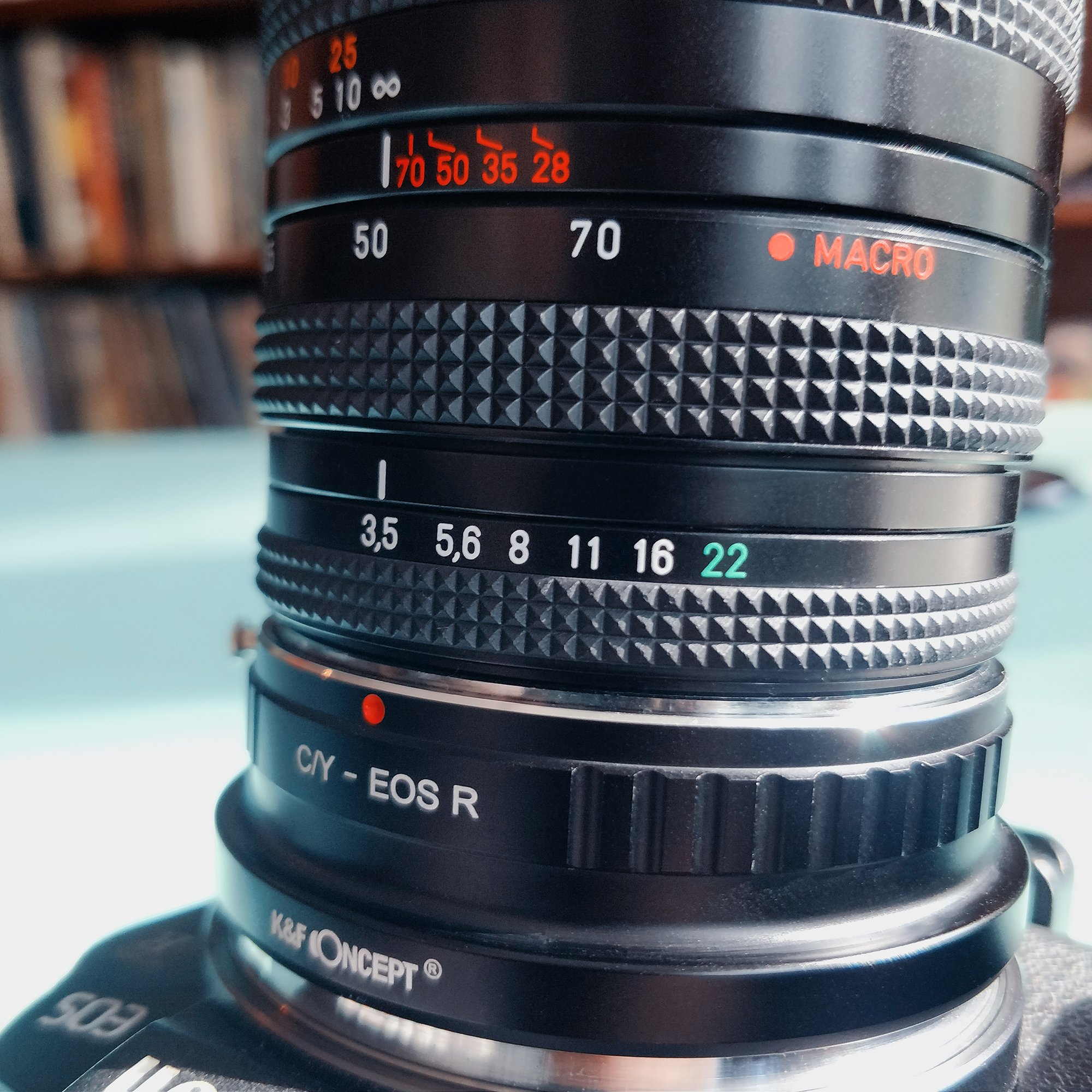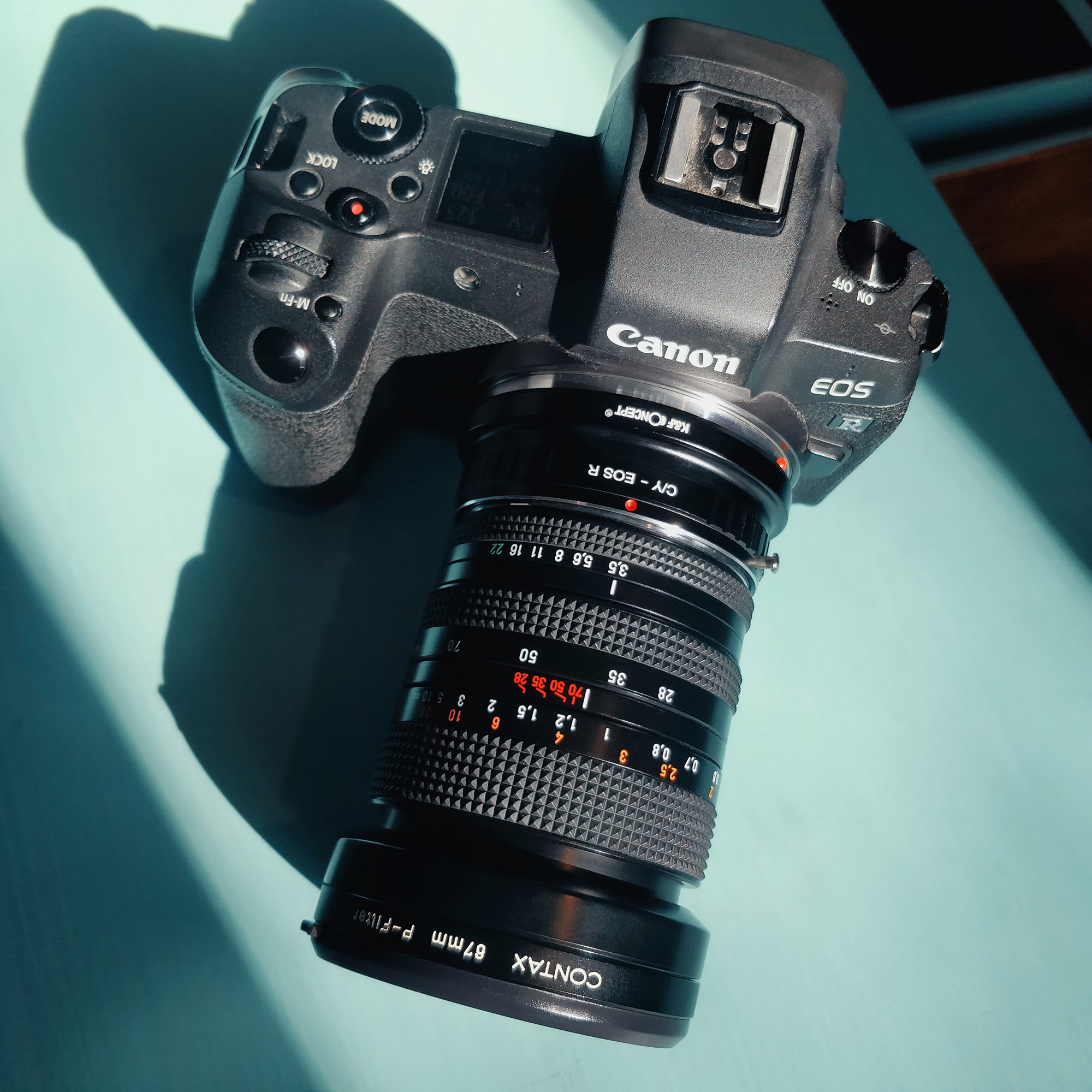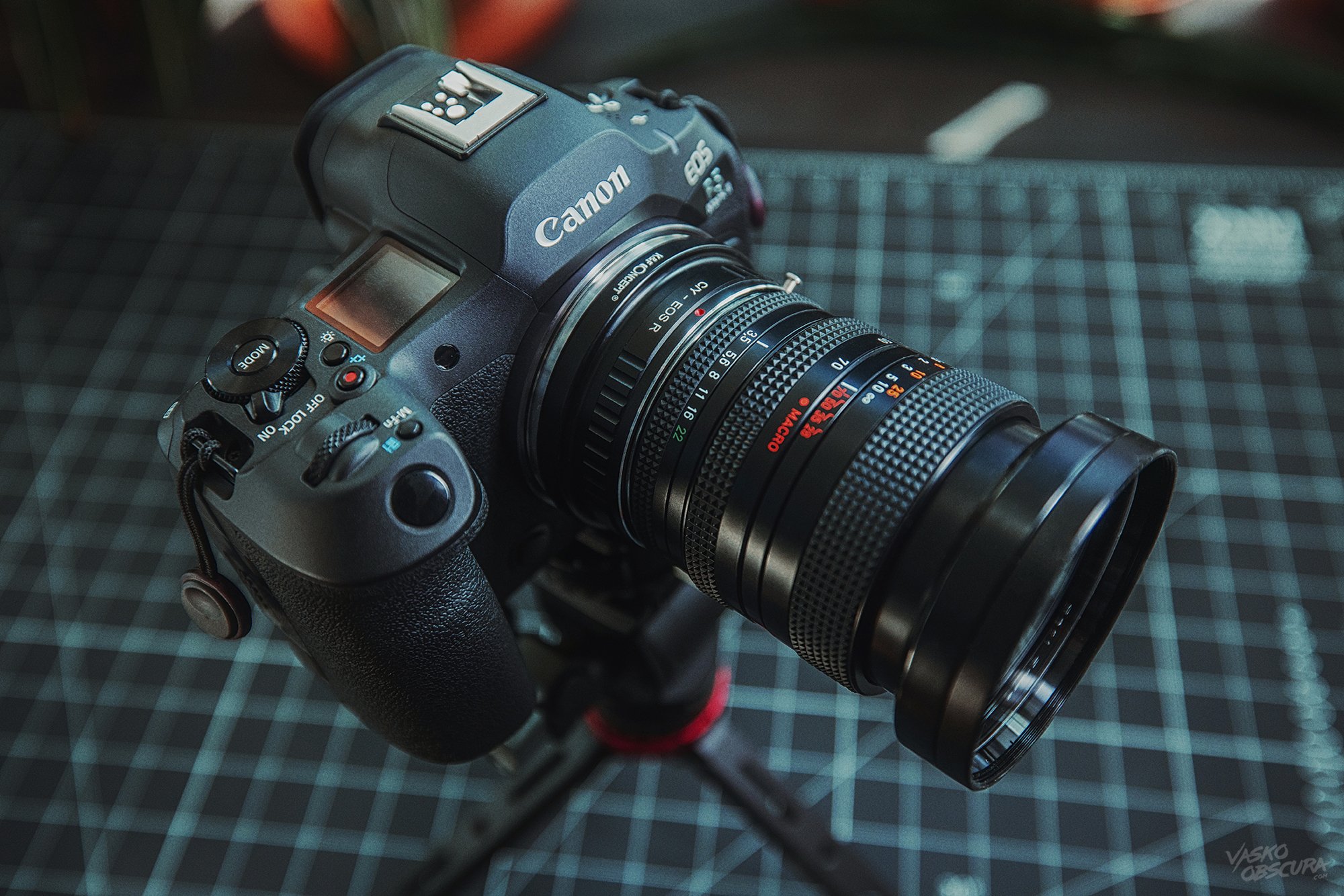CONTAX ZEISS VARIO SONNAR 28-70MM F3.5-4.5 - Lens Info
CONTAX ZEISS VARIO SONNAR 28-70MM F3.5-4.5
I’ve been spending some time with the CONTAX Zeiss Vario-Sonnar 28-70mm f3.5-4.5, and I have to say, it’s a bit of a sleeper lens. Designed by Zeiss as a compact, go-anywhere zoom for the Contax/Yashica (C/Y) system. Unlike today back in the 1980s zoom lenses were known for poor image quality. This lens was aimed at photographers who wanted the convenience of a zoom without completely giving up the image quality. For the most part Zeiss succeed in creating a really sharp zoom lens but still not as sharp as their prime lenses.
LENS SPECS
Release Date: 1985
Format: 35mm
Mount: C/Y
Filter: 67mm
Aperture Blades: 8
Aperture Range: 3.5 - 22
Min Focus Distance: 0.50m
Weight 320g
Optical Design: 9 elements in 8 groups
Weather Sealing: No
Lens IS.: No
APS-C Conversion Approx.: 44 - 112mm
Gear Shots
Compact Size
What stands out immediately is just how portable it is for a zoom lens covering such a useful focal range. At 28-70mm, it’s versatile enough for everything from wide environmental shots to short telephoto portraits. It doesn’t look or feel bulky like many modern zooms, which makes it a great walkaround lens, especially if you’re shooting film or adapting it to a mirrorless body.
Macro Mode
One of the more underrated features is its macro mode. Twist the zoom ring just past 70mm and it engages macro mode, letting you get surprisingly close for detailed shots. It’s not true 1:1 macro, but it’s definitely handy for flowers, textures, or anything you want to isolate a little more creatively.
Optical Design
Optically, this lens is more impressive than you might expect from a variable aperture zoom of its era. It includes an aspherical element and special optical glass with anomalous partial dispersion. That’s Zeiss talk for: it’s sharp, even wide open, and colors stay clean with minimal chromatic aberration. Add in the T* (T-star) multi-layer coatings, and you’ve got a lens that resists flare and ghosting better than a lot of its contemporaries, making it surprisingly contrasty and punchy even in challenging light.
Shooting Experience
While it's not as fast as some constant-aperture zooms, and doesn’t have autofocus, this lens rewards you with character, sharpness, and a kind of tactile shooting experience that feels increasingly rare. If you’re adapting it to digital, just be aware that it performs best when stopped down a little, especially on high-resolution sensors. But even wide open, there's a charm to the rendering that keeps me coming back to it.













